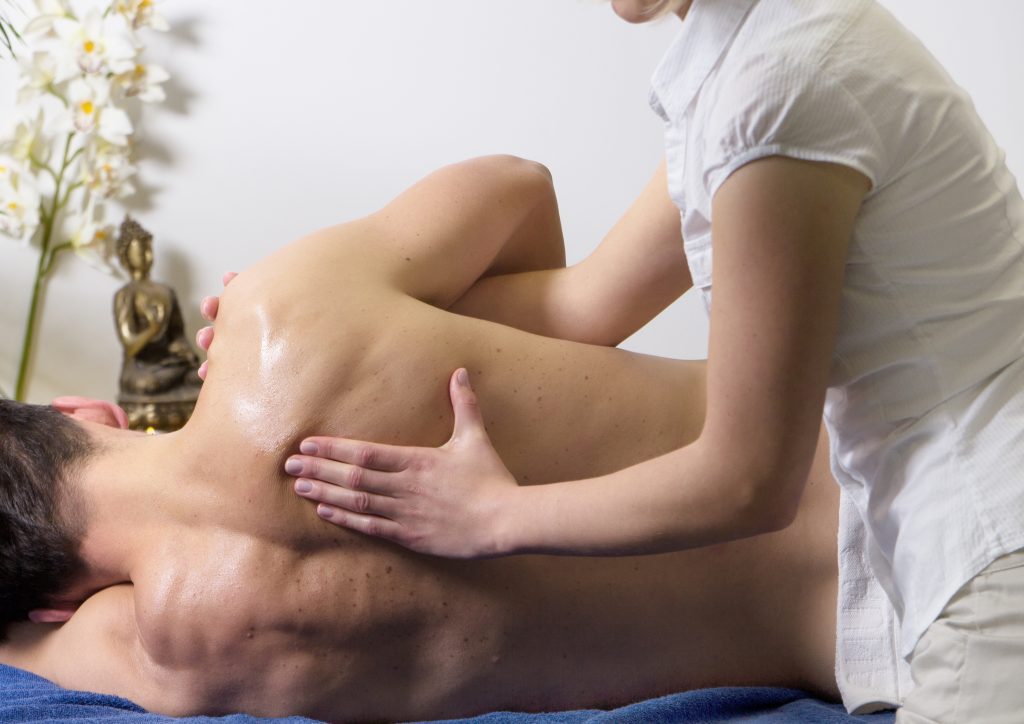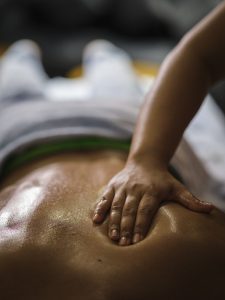RMT stands for Registered Massage Therapy, which is a branch of manual therapy. Since this profession does not exist in Korea, many people mistakenly associate it with relaxation massage. RMT is a branch of manual therapy that treats musculoskeletal pain and dysfunction using hands-on techniques such as soft tissue / joint mobilizations.

Is an RMT a therapist or just a masseuse?
As the title Registered Massage Therapist shows, an RMT is a licensed healthcare professional who has graduated from an accredited college and obtained a government-certified license. Without the term “Registered”, one cannot legally use the title “Massage Therapist”.
Since RMTs are government-certified therapists specializing in manual therapy, they are not simply “masseuses.” Masseuses can not provide treatment, nor do they have medical training—they only offer relaxation massages, similar to those commonly found in Southeast Asia.


What conditions can an RMT treat?
- Car Accident-related Pain & Dysfunction
- Chronic / Acute Neck, Shoulder, & Back Pain
- Muscle Ache, Spasm, and Stiffness
- Tension Headache/Migraine
- TMJ Pain / Disorder (Jaw Pain / Jaw Dysfunction)
- Frozen Shoulder
- All types of Tendinitis
- Tennis Elbow / Golfer’s Elbow
- Carpal Tunnel Syndrome
- Numbness & Tingling in Hands & Feet
- Gluteal Pain with Piriformis Syndrome or Sciatica
- Spinal Disc Herniation
- Sciatica
- Spinal Stenosis
- Osteo Arthritis Pain/Range of Motion Management
- Functional Scoliosis
- Thigh / Calf Muscle Pain & Spasm
- Plantar fasciitis
- Forward-Head Postural Correction & Improvement


Is RMT treatment painful?
No, it is very comfortable, relaxing, and enjoyable. Also, the patients usually feel pain relief right away after a treatment, so RMT is very popular and in demand.


